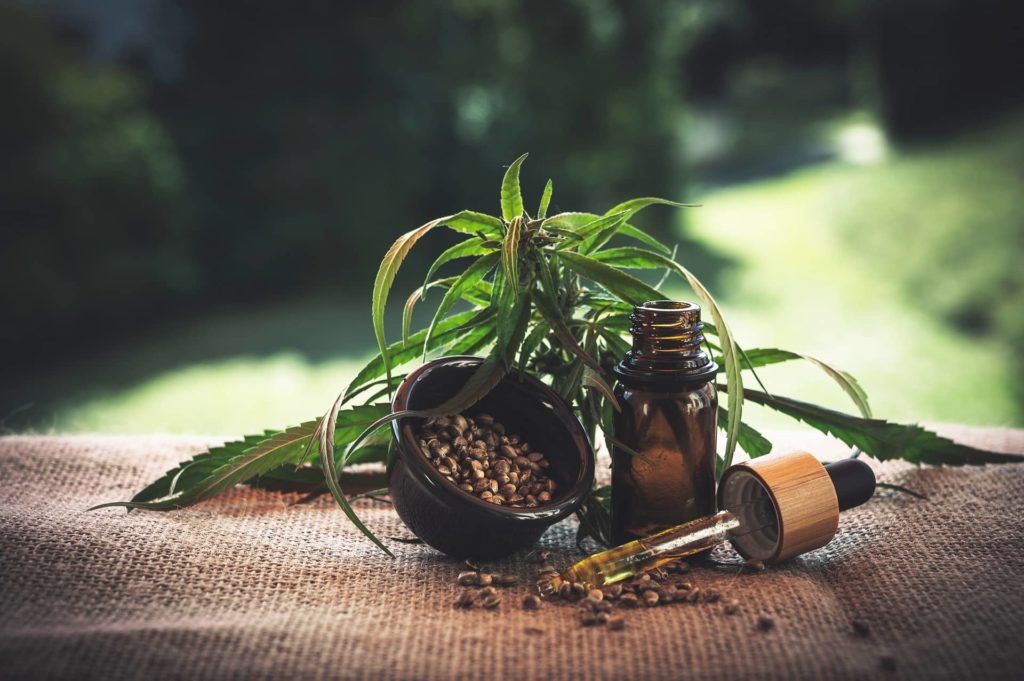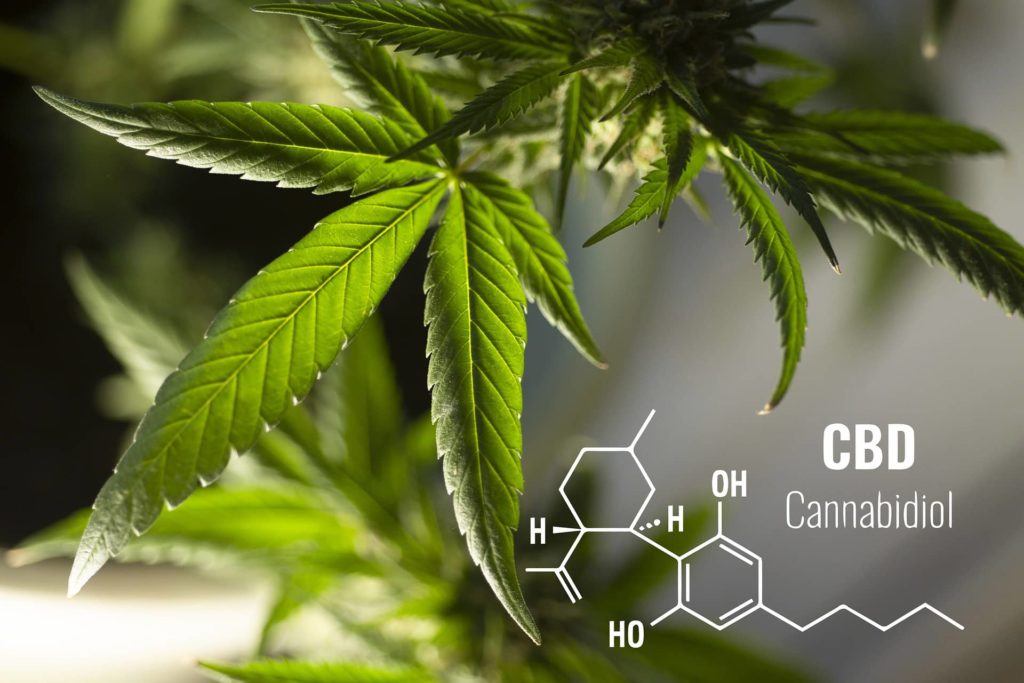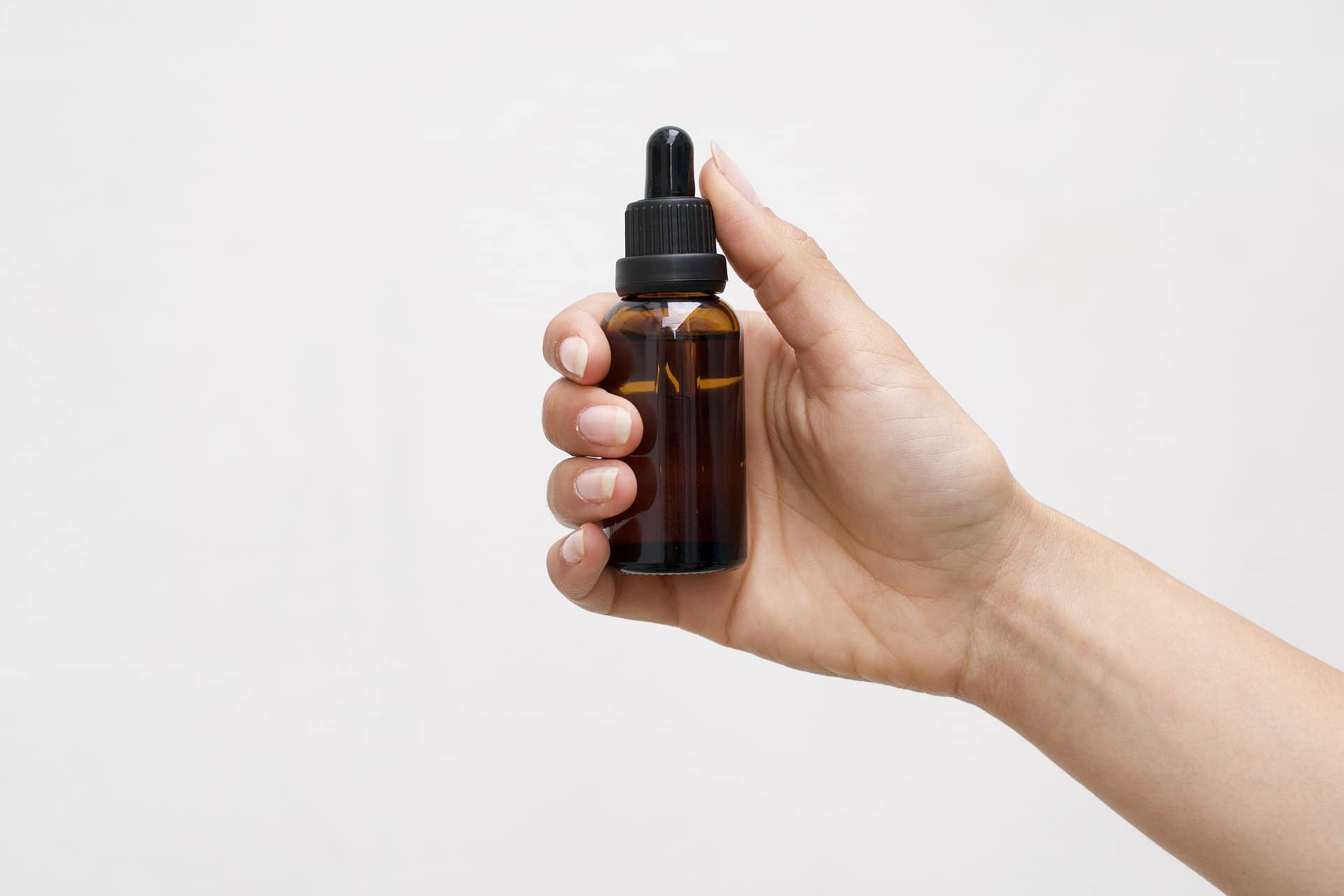Cannabinoids or better known as Cannabis Sativa, have been a part of history since their discovery more than five thousand years ago. It was one of the first crops grown as a food crop in Asia and cultivated in other parts of the world such as the Americas and Africa. In history, it was used as a medicinal plant by tribesmen who relied on the healing benefits of the plant in order to survive. Over the years, this plant has been recorded as an important source of cures for various ailments, especially for those suffering from glaucoma, cancer, and other medical conditions (1).

Cannabinoids were not developed in the laboratory, instead, ancient people who knew much about herbal medicine formulated treatments for a variety of ailments based on the properties found in these plants. From early times until the discovery of delta-9-tetrahydrocannabinol (THC) (1a), which is the main ingredient found in marijuana, no drugs had been manufactured, but they were still used as remedies for a variety of ailments. As more discoveries were made regarding the medical properties of plants, it became possible to experiment with different extracts. This led to the modern development of medical preparations containing cannabinoids (2).
A Brief History of Cannabinoids
Over the years, the history of cannabinoids has evolved greatly due to further studies and research involving health and medical uses. While the history of this plant can be traced back to ancient times, it did not become part of medicine until after the nineteenth century. Today, it is used for a variety of medical conditions that include pain, nausea, arthritis, seizures, and chronic coughing. Cannabinoids are also used to treat depression, chronic fatigue syndrome, to relieve nausea associated with chemotherapy, and to ease the side effects of certain pharmaceuticals (3).

Primary Effects of Cannabinoids
The primary effects of cannabinoids are similar to those found in marijuana. However, there are some differences between the two, including the fact that these effects occur over a longer period of time (lasting several days rather than hours) and cause fewer side effects. These effects are typically described as aiding in relaxation and reducing coughing.
While some of these side effects are common, others are less common and may only be noted if a history of hypertension, high blood pressure, asthma, or COPD is present. The most common side effects of cannabinoids are diarrhea, stomach cramps, dizziness, and weakness. While these side effects are not life-threatening, they may cause discomfort during prolonged use. The use of cannabinoids can also have effects on the brain (4).
The Varieties of Cannabinoids
There are many varieties of cannabinoids (5). One of the most popular forms is Delta-7-desalinate. These types of cannabinoids are produced from seaweed, wheat grass, cottonseed, and other items. It is often used to treat acid reflux and heartburn but is also used to control a number of serious medical problems, including Rheumatoid Arthritis, Type 1 Diabetes, Asthma, and Crohn’s Disease.
Phenylpropanolamine (PPE), also known as Lopid, is another common variety of cannabinoids. It has been shown to relieve the symptoms of motion sickness and morning sickness. PPE is commonly used in medical emergencies but is not approved for long-term use by the FDA. It has also been shown to improve bowel functions in those with irritable bowel syndrome.
Cannabinoids are available in both capsule, powder, and liquid form. The liquid form is the purest form and should not be taken with dairy, wheat, or gluten products. If you have any questions about your medical condition or treatment, it is recommended that you contact your doctor or health care provider before attempting to treat yourself.

Cannabinoids and Long-term Use
Cannabinoids have not been proven to have any negative side effects, although long-term studies are needed to evaluate their long-term use. Long-term use can have some serious consequences. Two of the more serious effects include hallucinations and suicidal thoughts. There are no cures for schizophrenia, bipolar disorder, or depression; there is no guarantee that using Cannabinoids will help relieve these conditions. If you decide to treat yourself, it is important that you consult with a medical professional.
Cannabinoids are not sold over the counter, so you will need a prescription for them. This can sometimes be difficult if you are not a regular user of them, or your current doctor does not feel that they are necessary. Luckily, there are many alternative treatments available that do not require a prescription, and that is just as effective. These treatments include dietary supplements, vitamin supplements, vitamins, herbs, and homeopathic remedies. It is important that you talk to your health care provider if you are considering any of these and get expert advice on which would be best for you.
Cannabinoids have not been proven to lead to addiction, although marijuana and tobacco users are likely to experience the side effect of becoming dependent on them. They are also illegal and considered a controlled substance by the government. With all of that being said, Cannabinoids have some real benefits in the medical world and should be considered for medical use. If you have a problem, the only way to go is to speak with a health care provider.


Recent Comments